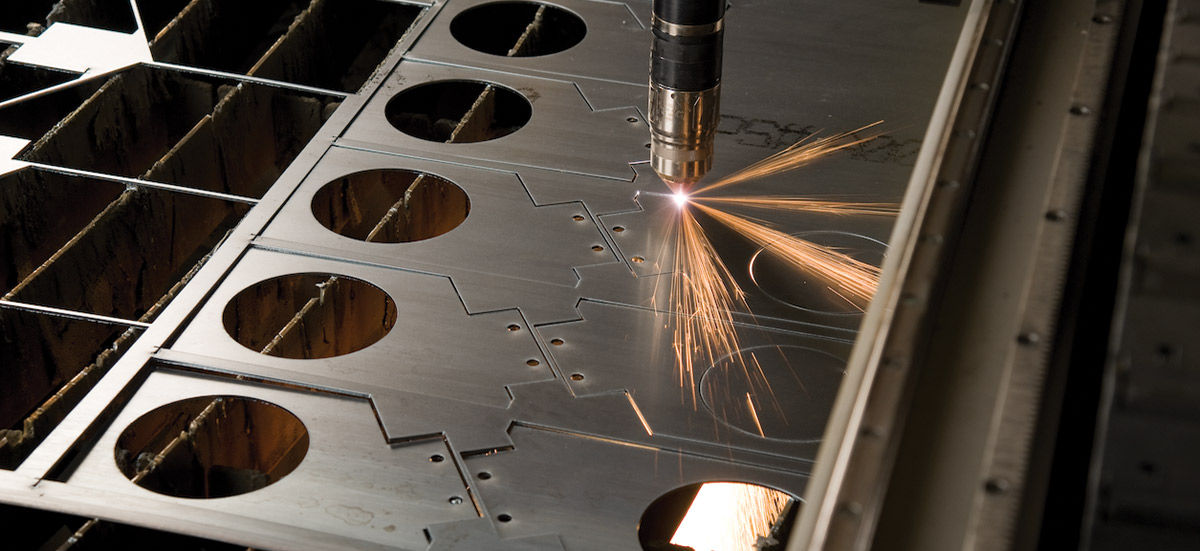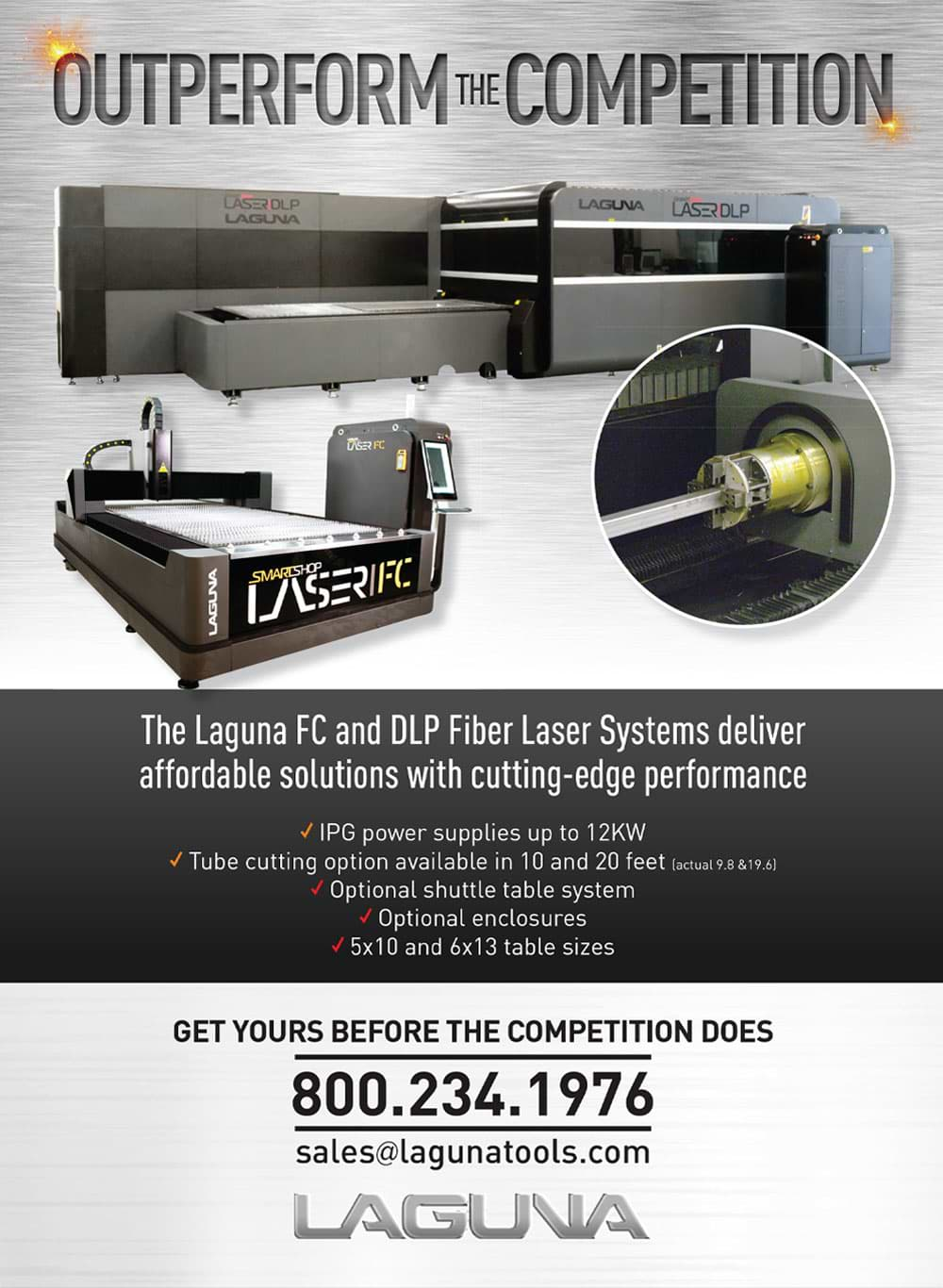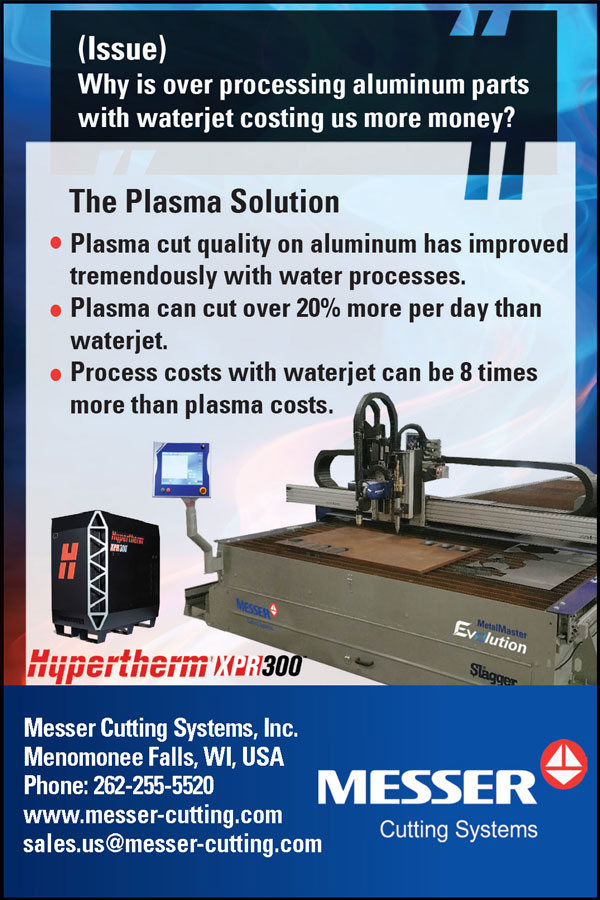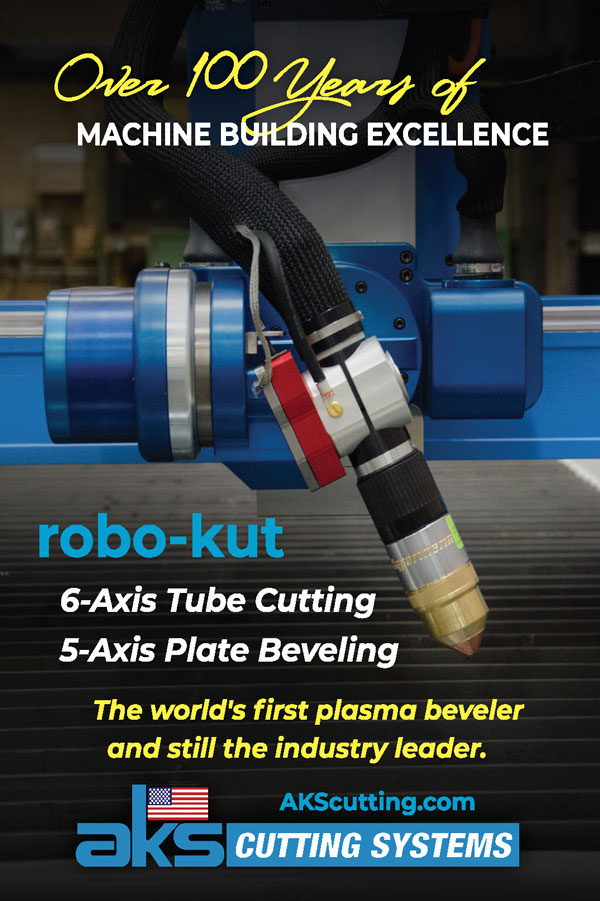hen lead times ballooned from two days to more than two weeks, Ergonomic Solutions Inc. (ESI) in Wichita, Kansas, decided to invest in its own plasma cutter. “We engineer parts for customers and lead times are important,” says Bill Schnittker, president. “We realized if we had our own high-definition plasma, we could finish parts ourselves and not rely on outside sources.”
ESI installs, engineers and manufacturers custom material handling products. It also serves as a dealer for everything from jib cranes and hoists to storage racks and automated guided vehicle systems.
“Most of what we build are one-off machines. Manufacturers look to us to provide special applications equipment,” Schnittker says. “Our forte is providing equipment that big box-type manufacturers can’t sell off the shelf.”
Those one-off machines can be monumental in size, often requiring multiple semitrailer truckloads to ship it to a customer. When it was time for ESI to shop for a plasma machine, Hornet Cutting Systems was already a familiar name. “We’ve known Hornet and their sales representatives for quite some time,” Schnittker says. “We contacted some companies using various brands of plasma cutters to compare, but the design of Hornet’s machine and nearby supplier location in Valley Center, Kansas, were two primary reasons we went with Hornet.”
The Hornet dual-side drive 5-ft. by 12-ft. plasma has a wide-stance, dual-beam gantry. Coupled with linear ways and helical gear rack, the Hornet cuts consistent parts. The table is separated from any heat expansion or frame warpage that can occur when cutting for extended periods of time at high amperage. Users can opt for an optional automated oxy-fuel secondary process.
“The HD is a versatile tool that can also process square tube and round pipe with its optional tube-combo and save weld prep time with its contour beveling capability,” says Hornet President and CEO Brice Turner.

When customers come to Hornet, Turner says the first thing Hornet considers are the customer’s production needs. “We want to be students of our customers when we are selecting which machine model is the best fit,” he says. “With our product offering, we can provide a solution for multiple process needs, including flat sheet processing, weld-prep eliminating contour beveling, part and layout marking, or structural tube or pipe fabrication.”
Plasma source options vary from simple air-shielded Hypertherm Powermax series to medium-production capacity (with the MaxPro 200) to high production, Turner says. “And at the top of the spectrum is the nonferrous capability and edge quality of the XPR series,” he adds. For a fabricator with a predominant focus on mild steel, Hornet may find that a MaxPro 200 might be a more practical fit than the multiple process-capable XPR.
Customer expectations have evolved through the years. ProNest nesting software allows users to drag and drop shape files onto a sheet or tube profile and the program will automatically adjust for layout and material. Customers expect machinery to be Wi-Fi compatible for remote program loading and remote virtual service communication. “It is a must,” Turner says.
 Business is turning around and demand is starting to uptick again.
Business is turning around and demand is starting to uptick again. 

Hornet also works to help its customers reassess manufacturing operations. “Whether it is plate and tube stock material handling to help with organization and workflow, or helping reduce welding time by eliminating manual layouts, we know the cutting operation is often the first input to multiple processes at any fabricator,” Turner says.
The pandemic took the public by surprise and continues to affect daily life. “The rapidity and unpredictability of the change in the economy earlier this year was a shock to us all,” Turner says. “I think we all wanted to learn the true impact and severity of COVID-19.
“What became apparent to us quickly was that while fabrication and manufacturing slowed down, it didn’t stop,” he continues. “I hope to encourage our fabrication community that there is still work to be had and to be done.”
ESI has learned to cope with COVID-19 and make adjustments. “We needed to expand before COVID-19 hit. Since then, we saw some inactivity in March and April,” Schnittker says. “We expected our third quarter to be slower and it has been but it’s turning around and demand is starting to uptick again.”
In some cases, projects have been rescheduled four or five times. “Companies are working with a reduced workforce due to COVID-19, and we expect to continue to see some project setbacks,” Schnittker says. “But we work and deal with it as we can. We’ve got a good bank of loyal customers and we keep plugging away—we’re still standing.”


